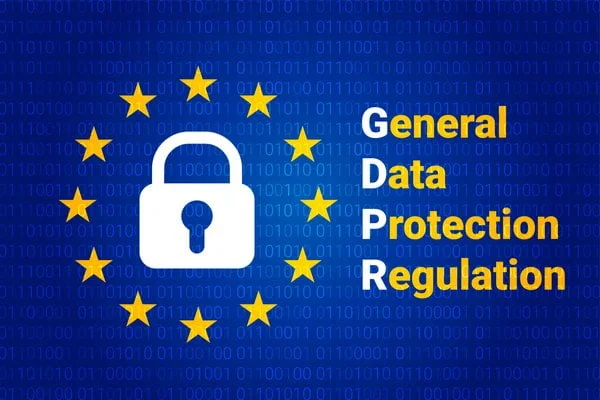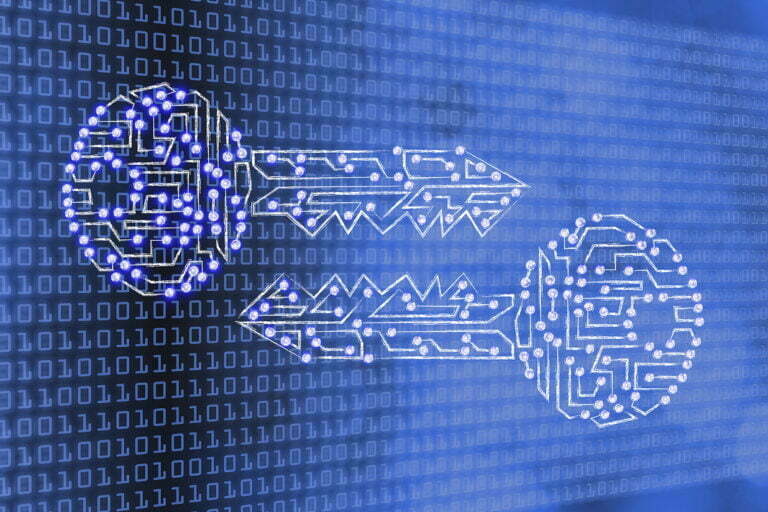Symmetric Key Management Consideration
With the wide use of GDPR, General Data Protection Regulation, and other data protection standards accumulated by lots of companies, information protection has become a crucial part of the daily operation. At the same time, encryption is the backbone of any systems security scheme.
Advanced Encryption Standard, known as AES, is currently the most secure and widely used algorithm for data encryption. It is trying to provide a solution for the heart of information security, Confidentiality, Integrity, and Authentication. However, nothing is absolutely secured. The hand that wields it determines how secure a system will be.


Symmetric cryptographic, such as AES, provides solid data encryption, which relies on block cipher to encrypt bulk data. However, as mentioned before, incorrect use of the encryption or improper key management will lead to no security against penetration even with the strongest and so-called safest technologies.
The idea of symmetric cryptography is to use a single key to encrypt and decrypt a certain amount of traffic. It could lead to a security concept called key exhaustion. It can be understood as using a key more than it should be, which means it might be used to encrypt too much data than it supposes or uses it beyond its authorized lifecycle.
That is to say, if a data center uses AES with Galois Counter Mode (GCM), then a single key should never be used to encrypt more than 232 cipher blocks. This is to prevent partial or full compromise of the plaintext messages or their integrity [1].

Encryption keys are not immortal, and the probability of a breach increases the longer that a key is in use. When organizations consider the threat of an attack, management should cover the strength of the algorithm and key and the key rotation. Organizations will have no ideas when the attack will take place, where it will happen or how long the key will last without exposing it to attackers. The use of key rotation and key hierarchies as part of a key management system would directly minimize the risks associated with key exhaustion.

